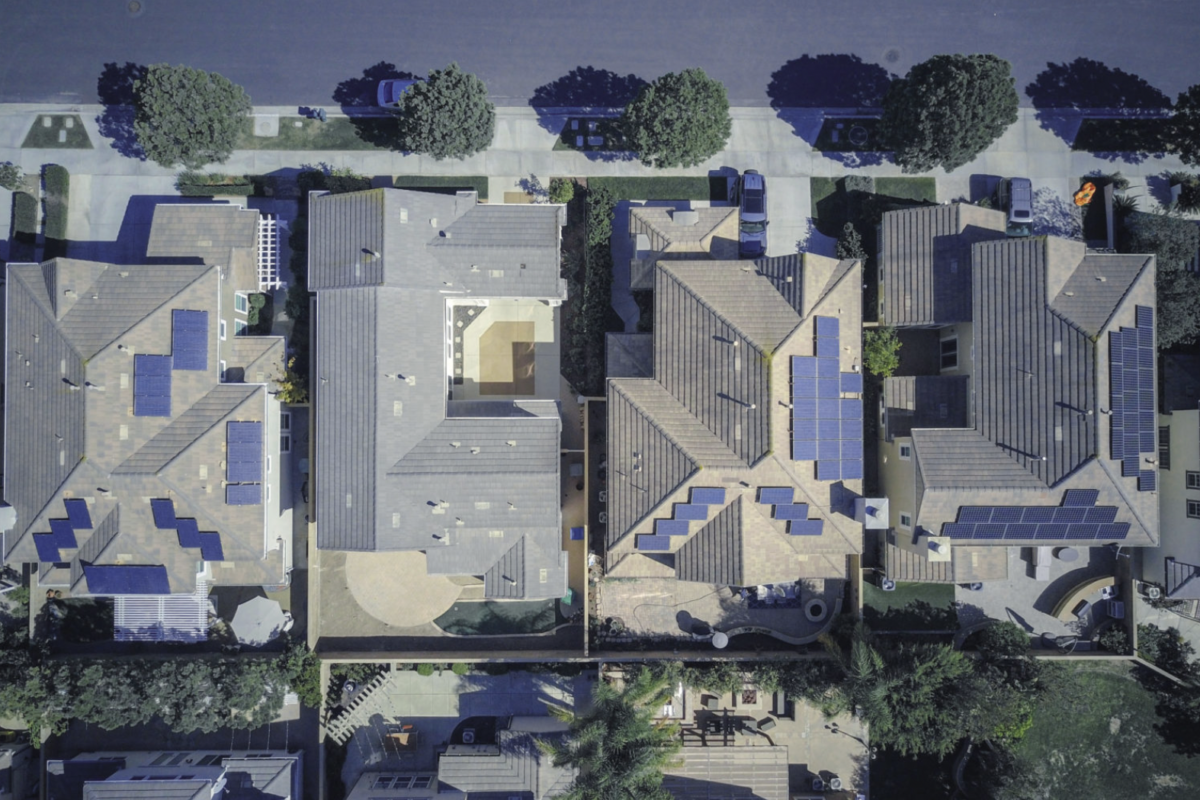A team of scientists at the Shanghai Jiao Tong University in China has assessed the resistance to waves and mechanical stress of a membrane-based floating photovoltaic platform for applications in offshore waters.
“Our work may for the first time establish a powerful and efficient numerical method for evaluating the dynamic response of offshore floating membrane-type photovoltaic platforms under waves and currents,” the research's lead author, Xiantao Zhang, told pv magazine. “This will significantly promote the rational design and safety evaluation of this novel ultra-flexible floating structure, thus promoting the development of offshore photovoltaic technologies.”
The research group explained that the PV membrane that went through the testing process had a diameter of 1 m, a floater cross-sectional diameter of 0.032 m, a thickness of 0.0o11 m, a mass of 1.3 kg, a total island mass of 2.18 kg, and a floating bending stiffness of 0.11 N/m2.
Through the testing, the academics evaluated, in particular, the overall frequency domain hydroelastic response of the membrane under regular waves. Their analysis was based on the potential flow theory and 3D hydroelasticity theory. The latter is commonly used to predict the hydroelastic effect due to wave-induced loads on a floating body and the former is a model of fluid flow that describes incompressible, inviscid, and irrotational flow.
“The analysis begins with a convergence study focused on the number of modes for both in-plane and out-of-plane motion,” they explained, stressing that they also assumed a fully axisymmetric model without mooring influences and wave direction scenarios with different mooring point orientations. “Subsequently, the response amplitudes of each mode, as well as the outcomes at various test points, are presented.”
They also applied the Lagrange multiplier method to assess the connecting conditions between the membrane and floater. This method is generally utilized in mathematical optimization to identify the local minima or local maxima of a function subject to a constraint.
The scientists said the testing showed that, at low wave frequencies, the floater and membrane move with the waves. By contrast, with high wave frequencies, the stiffness of the floater increases, as well as the platform's three-dimensional interaction.
“This shift raises concerns about wave overtopping and out-of-water effects on the PV platform’s operational performance,” they stated. “Both in-plane and out-of-plane motions are crucial for floating PV systems. In-plane motion influences mooring system design, and affects the stress distribution of the membrane and solar panels.”
The group said the results highlighted the crucial influence of wave characteristics, especially with high wave frequency.
The new system was introduced in the study “A frequency-domain hydroelastic analysis of a membrane-based offshore floating photovoltaic platform in regular waves,” published in the Journal of Fluids and Structures. “A more complete time-domain model that can offer a more detailed and accurate representation of the platform’s behavior under varying conditions will be developed in our future work,” the academics said, referring to the future direction of their work.
This content is protected by copyright and may not be reused. If you want to cooperate with us and would like to reuse some of our content, please contact: editors@pv-magazine.com.




By submitting this form you agree to pv magazine using your data for the purposes of publishing your comment.
Your personal data will only be disclosed or otherwise transmitted to third parties for the purposes of spam filtering or if this is necessary for technical maintenance of the website. Any other transfer to third parties will not take place unless this is justified on the basis of applicable data protection regulations or if pv magazine is legally obliged to do so.
You may revoke this consent at any time with effect for the future, in which case your personal data will be deleted immediately. Otherwise, your data will be deleted if pv magazine has processed your request or the purpose of data storage is fulfilled.
Further information on data privacy can be found in our Data Protection Policy.